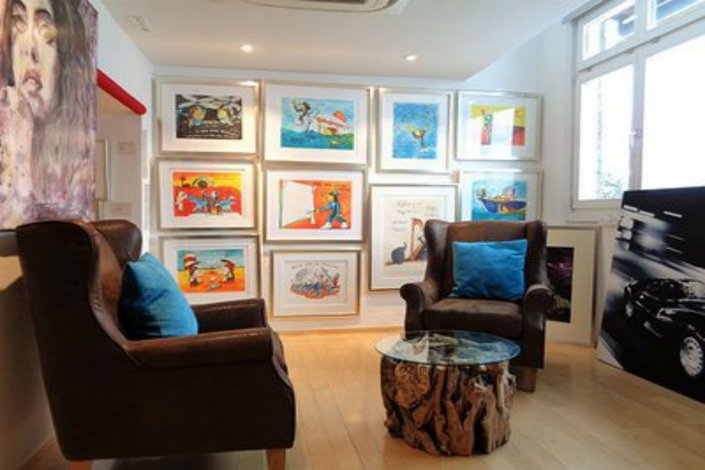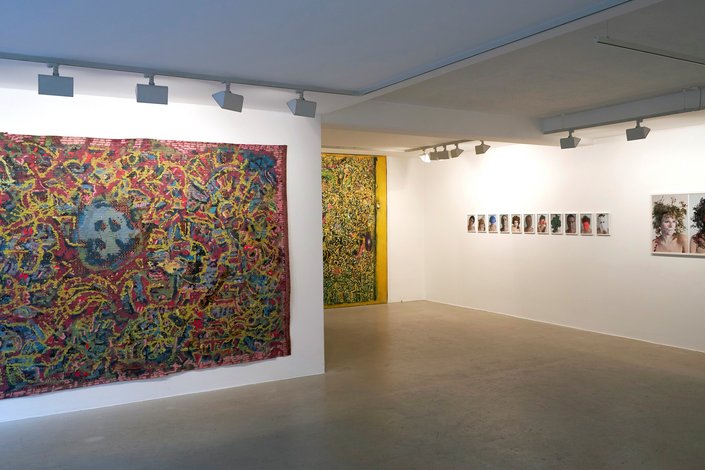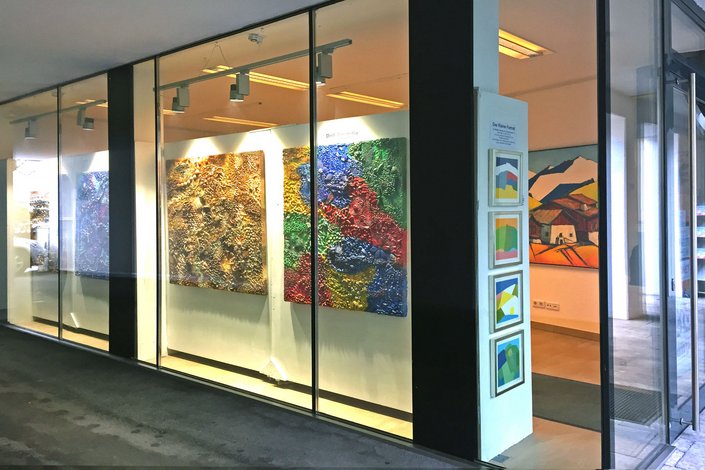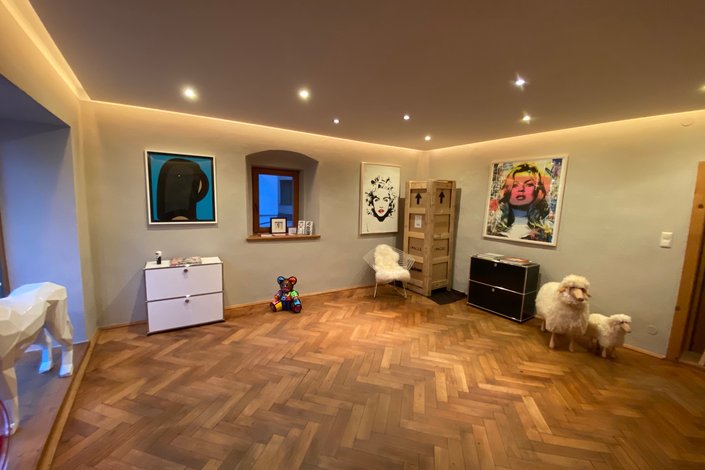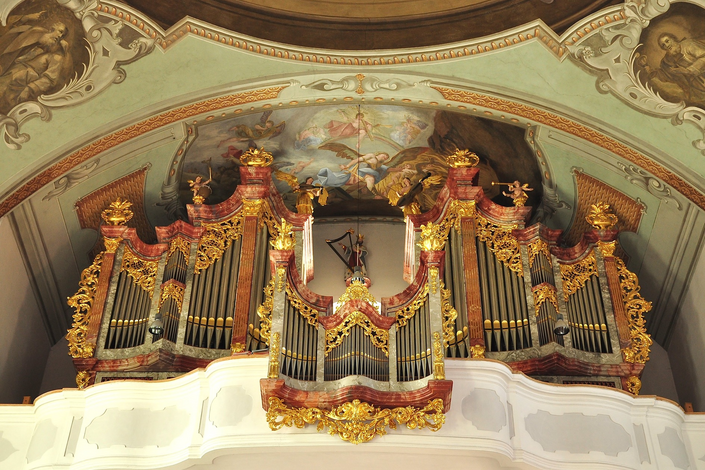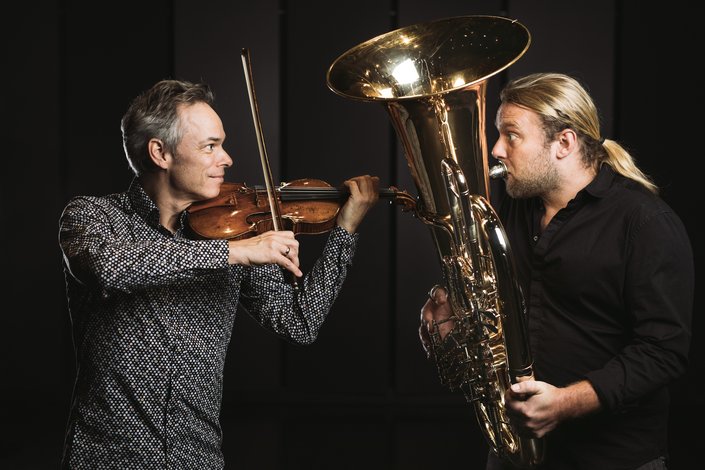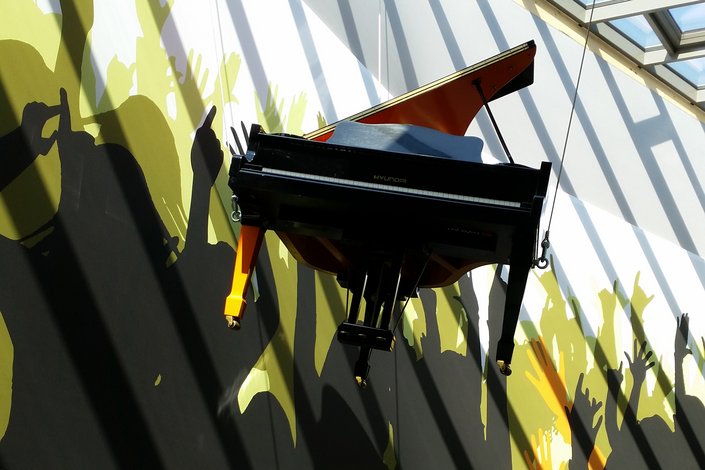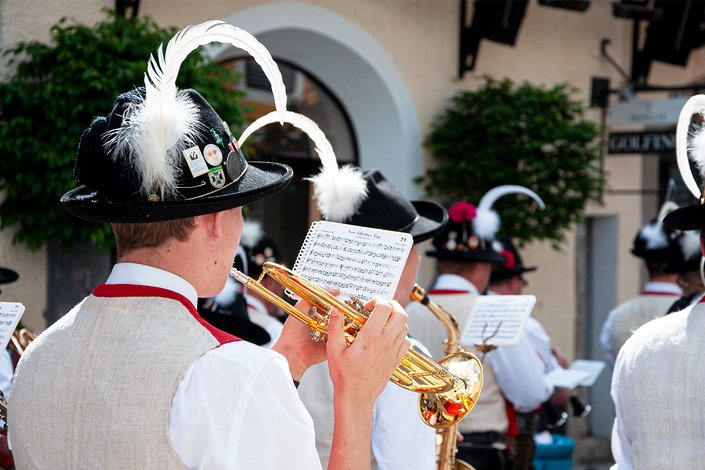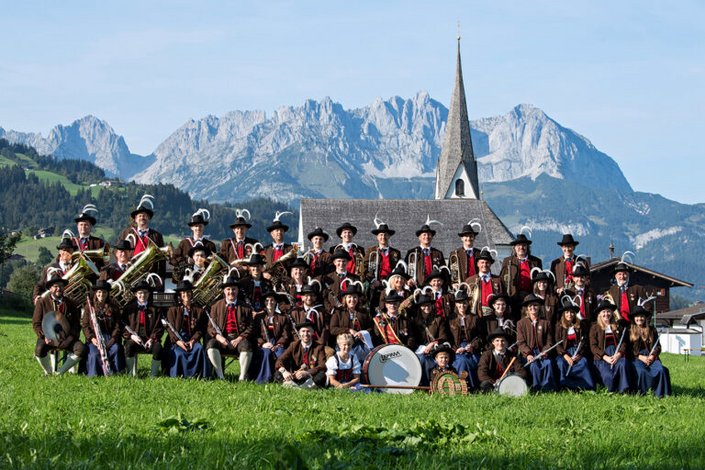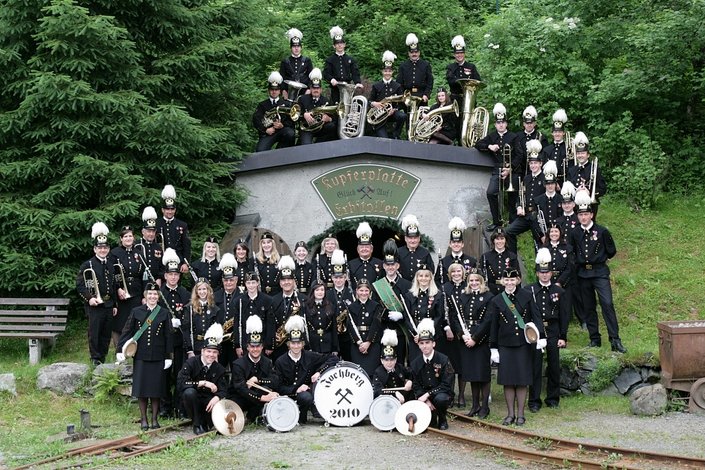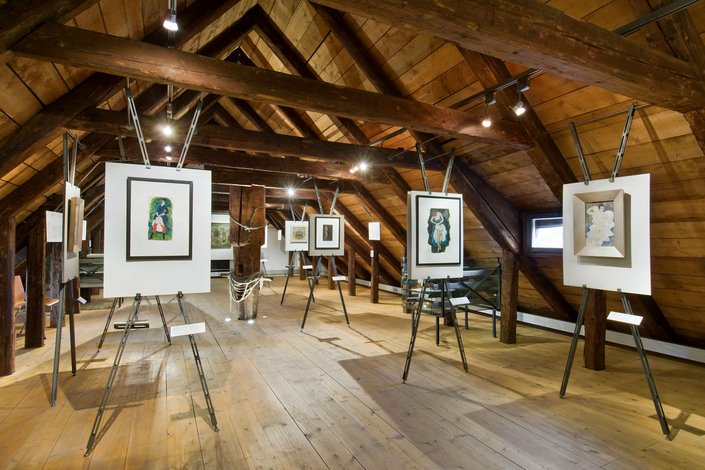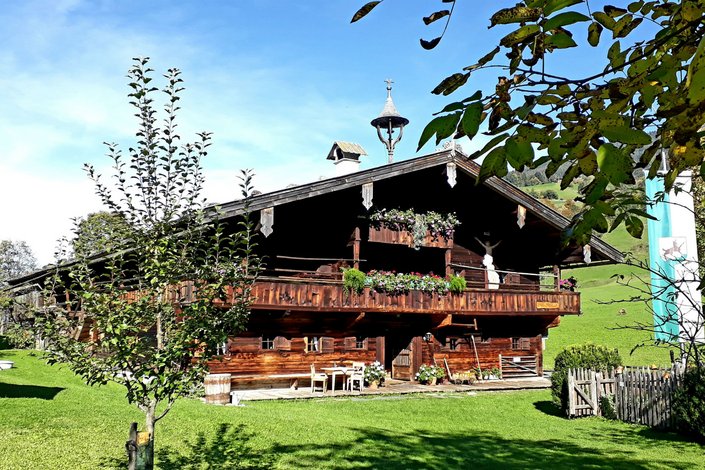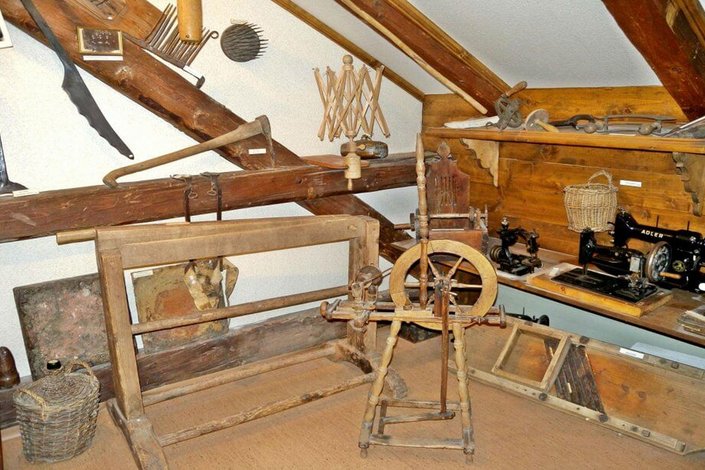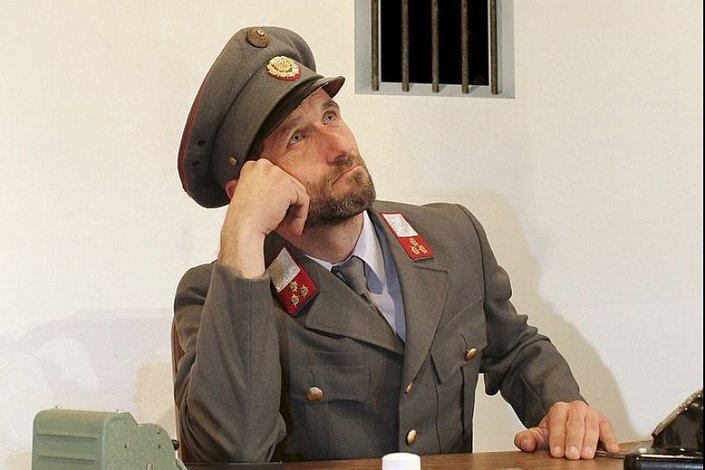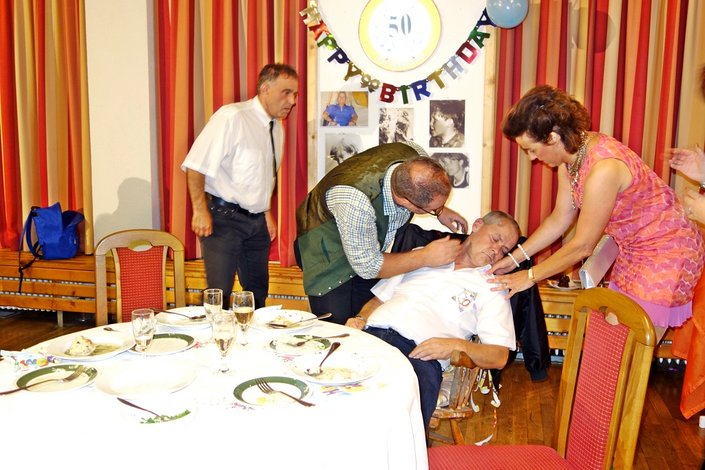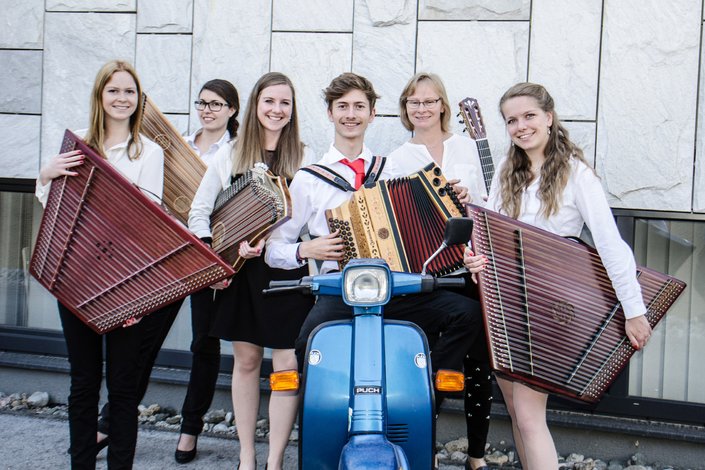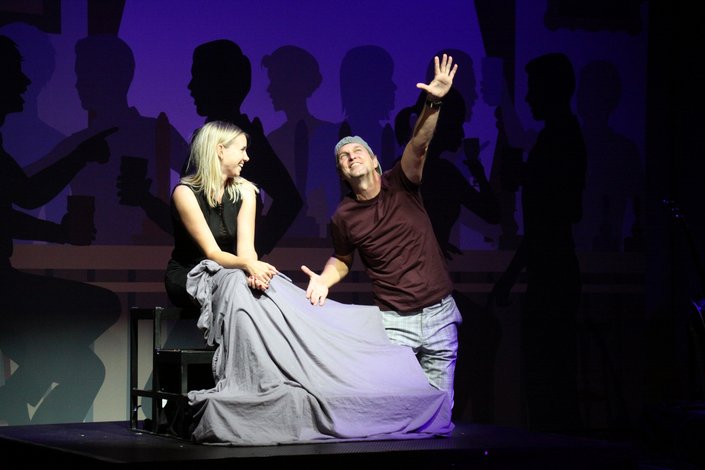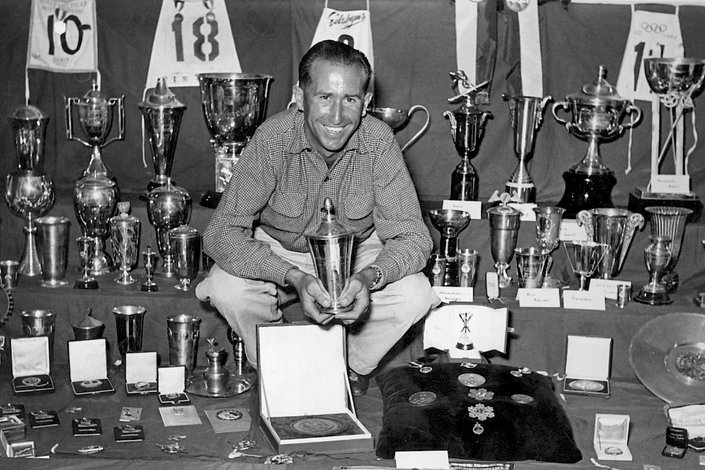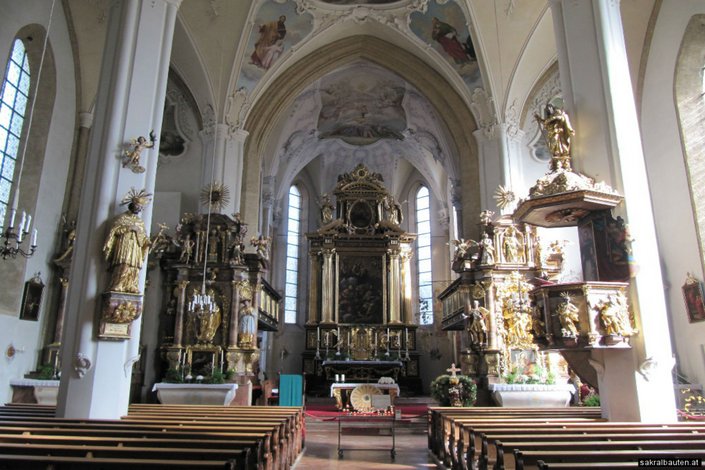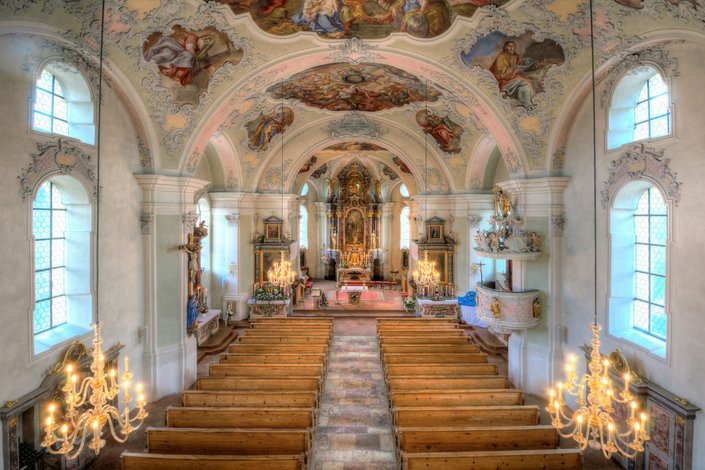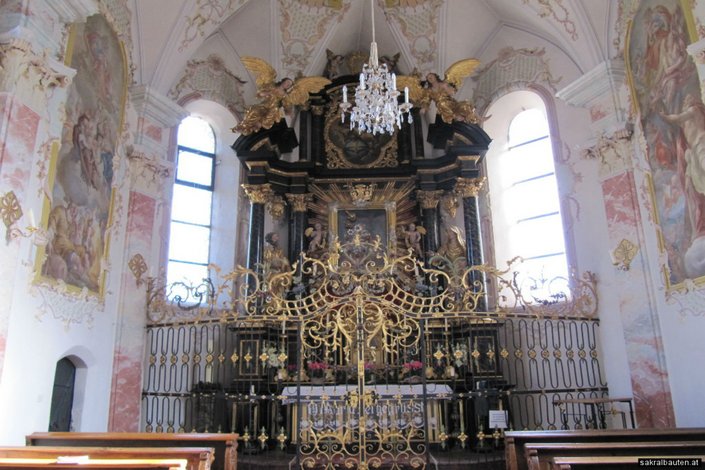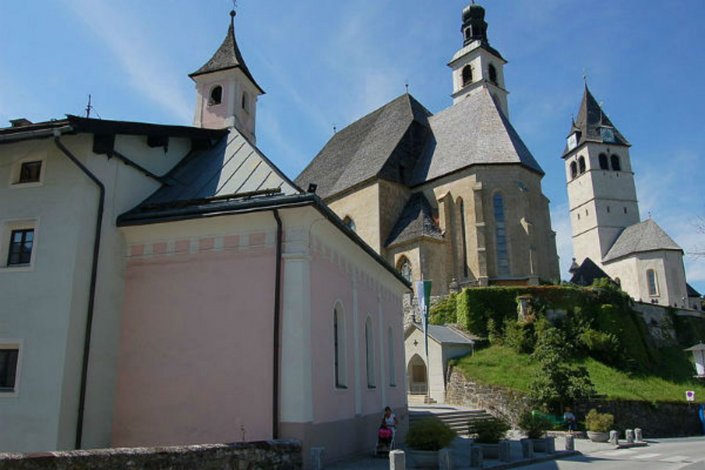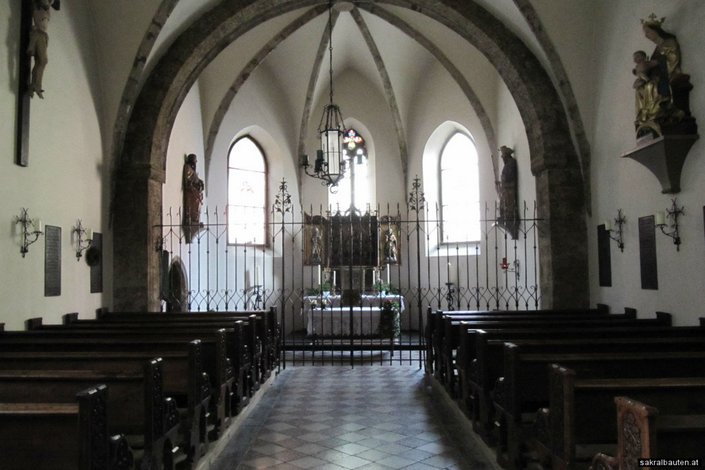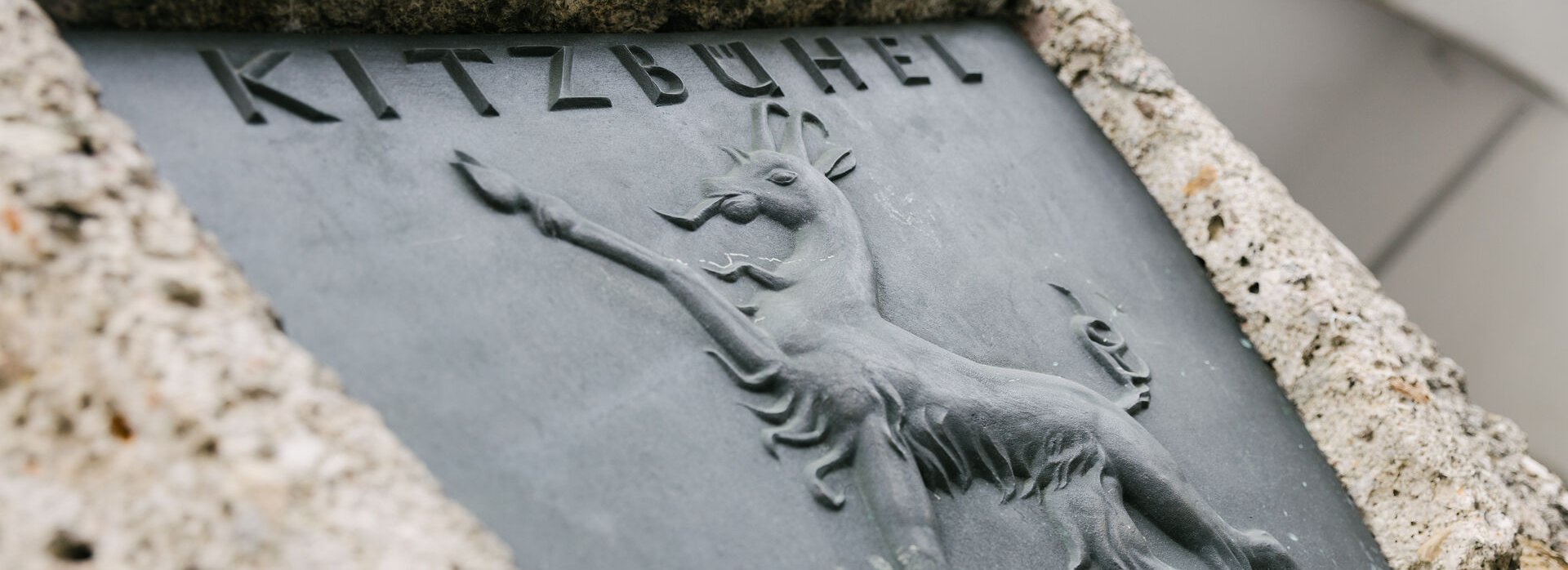
Culture in Kitzbühel
Experience art and customs up close
Kitzbühel is not only known for the legendary Hahnenkamm race in winter and as a hiker's paradise in summer, but also for its diverse and rich cultural landscape. In addition to sports enthusiasts and connoisseurs, culture lovers also get their money's worth in the Gamsstadt. Be it changing exhibitions in one of Kitzbühel's museums, exceptional art in the numerous galleries or local traditional costume and music clubs - all contribute to the cultural radiance of the most legendary sports town in the Alps. Top-class concert highlights such as Kitzbühel Klassik round off the cultural program. Expand your horizons in the Tyrolean Alps!
Galleries
Walentowski Galleries
The Walentowski Galleries are represented in Kitzbühel as well as in Jochberg and present here selected works of classical modern art, pop art as well as modern art by nationally and internationally sought-after artists. Since 2017, visitors have been able to admire and purchase artworks by Michel Friess, Peter Linnenbrink, Volker Kühn, Axel Crieger, Elvira Bach as well as Udo Lindenberg and Otto Walkes in Kitzbühel's Vorderstadt. Since December 2018, Team Kitzbühel has also been welcoming guests in a larger location, the Kempinski Hotel Das Tirol in Jochberg.
Gallery Zeitkunst
The gallery Zeitkunst Kitzbühel exists for over 35 years. In addition to the exhibition activity in Kitzbühel, there were branches in Innsbruck 1986 - 1989 and Cologne 1992 - 1996. The gallery represents numerous Austrian artists as well as those from Italy, France, England. German artists, mainly from the Cologne area, are another focus of the exhibition activities. Among the artists currently represented are Peter Raneburger, Eva-Maria Schaller, Thomas Palme, Mathias Bernhard and Georg Dienz.
Stadtgalerie Kitz Art
The Stadtgalerie Kitz Art in Kitzbühel has been run by the "Kunst und Kulturverein Kitz Art Innovation" since 2003 and has since developed into an important hub for contemporary art in Tyrol. By presenting established and emerging artists, the gallery has succeeded in establishing a lively platform for them in recent years. The gallery is available to regional and international artists as a showroom, where the presentation changes monthly. In addition to the in-house activities, exhibitions in cooperation with international galleries and participation in renowned art fairs are organized for artists we represent.
Frank Fluegel Gallery
With locations in Nuremberg, Germany and Kitzbühel, Austria, gallery Frank Fluegel specializes in the art trade with high-quality originals of Pop Art, Street Art as well as contemporary art. With international network partners in Paris, London, New York, Los Angeles and Singapore, the gallery is one of the most important Pop Art galleries in Europe. The gallery's focus is on original prints and works on paper and canvas. Sculptures by renowned artists and design objects by Maurizio Cattelan, Paul Smith and Philippe Starck are also presented. The offer also includes works by Andy Warhol, Tom Wesselmann, Keith Haring, Mr. Brainwash, BAMBI Street Artist, Roy Lichtenstein, Julian Opie, James Rosenquist, Alex Katz and Mel Ramos.
Music
Orgelakademie Kitzbühel
Master classes for piano and organ in Kitzbühel from 23rd to 30th july 2023. The combination of organ and piano, as well as master class and competition is special. Organs by Egedacher, Metzler, Pirchner and Klais will be available as teaching and practice instruments. In addition, piano lessons/technical studies for organists on the piano will be given. At the end of the course there will be a concert for selected participants, at which four prizes will be awarded in memory of Maria Hofer. The participants will have the opportunity to get to know and enjoy the beautiful landscape of the Kitzbühel Alps during a hiking tour.
Kitzbüheler Musikfreunde
The fact that Kitzbühel is not only a sports stronghold, but also offers the highest cultural quality, is underlined year after year by the Kitzbühel Summer Concerts of the Association Kitzbüheler Musikfreunde. The concerts traditionally take place every Wednesday in August. As early as 1978, a handful of music-loving idealists got together and founded the Association Kitzbüheler Musikfreunde with the aim of creating world-class chamber music in the Gamsstadt. With the Kitzbühel Summer Concerts, they have succeeded in doing just that.
Landesmusikschule Kitzbühel
This year, 707 students from Jochberg, Aurach, Kitzbühel, Reith, Kirchberg and Aschau are being taught by 31 teachers at the Landesmusikschule Kitzbühel. The favorites among the students are piano, followed by guitar, voice & singing and early music education. Music school director Peter Gasteiger and the structurally successful concept of the music school, which opened in 2014, are also convincing other communities - the architecture and concept of the Landesmusikschule Kitzbühel are considered exemplary.
Stadtmusik Kitzbühel
The Stadtmusik Kitzbühel consists of 61 musicians, sutlers and drum pullers. Of course, the tradition of the Stadtmusik also includes the traditional costume. Since the founding of the association in 1866, the costume of the members has undergone numerous changes and adaptations - from military uniforms to colorful hats. It was not until the 50s of the 20th century that the "Brixentaler Tracht" was decided upon, which is still in use today. The banner of the Stadtmusik Kitzbühel shows the Kitzbühel heraldic chamois on one side and the town music badge on the other. The names of the flag patrons were embroidered on the green flag ribbon in gold lettering.
Musikkapelle Reith
The Musikkapelle Reith bei Kitzbühel currently has 46 active musicians, two sutlers and eleven young musicians in training. The exact founding year of the music band Reith is not ascertainable, because at the beginning of the 19th century in many communities already so-called "music bands" existed, which moved out at processions or on high holidays, but otherwise no regular music operation was maintained. On December 12, 1953 a founding meeting took place at the "Reitherwirt", where the musicians were united to form a "Musikverein Reith" with proper statutes. In 1961, the current costume was purchased and the first foreign guest performance in Baisingen (FRG) was completed.
Musikkapelle Jochberg
The traditional Bergknappenmusikkapelle Jochberg has existed since its founding in 1865 and is especially known for its miners' uniform. The musicians perform at concerts and morning pauses, but also in traditional costume. The band has a total of 48 members (as of 2022), of which three are sutlers, one is the bandmaster, 43 are active musicians and two are honorary members. Robert Mayr has been the bandmaster since 2001 and Maximilian Koidl has been the chairman since 2016. In addition to the church outings and the traditional May blowing on the first day of May, the band can be heard at its annual spring concert in May and at the Friday concerts in July and August at the music pavilion in Jochberg.
Museum
Museum Kitzbühel
The Museum Kitzbühel - Alfons Walde Collection is located in two of the oldest historic buildings in the town and provides a unique insight into the history and culture of the town and region of Kitzbühel. Selected exhibits as well as film and sound installations lead from Bronze Age mining around 1000 B.C. to the history of the town and winter sports with Toni Sailer and the legendary "Kitzbühel Ski Miracle Team" of the 1950s. The museum's permanent display collection focuses on Alfons Walde. On the third floor and attic, the work of the Kitzbühel painter is comprehensively presented with 60 paintings as well as over 100 graphics, drawings, photographs and prints. Find out more about selected events & program highlights in 2023 at Museum Kitzbühel.
Bauernhausmuseum | Monday to Saturday 13:00 p.m. to 17:00 p.m
The museum is entirely dedicated to the life and work of mountain farmers and peasants in the past. Among other things, you can see a working flour mill from 1770, a weaving room, a cobbler's and a saddler's workshop, large agricultural equipment and Jochberg's first sports cable car. If you walk along the Römerweg on the sunny side of Kitzbühel, below the Kitzbüheler Horn, you will come to the Hinteroberau Farmhouse Museum. Surrounded by lush meadows and green forests, the weathered typical Salzburg-Tyrolean Einhof with its outbuildings, such as laundry, chapel, oven, bee hut and threshing floor, lies elongated. A wealth of furnishings, equipment and tools are on display - it's worth a visit!
Krampusmuseum
The Krampusmuseum Kitzbühel cultivates the regional Krampus tradition and shows genuine customs. The museum is open since April 2010, the premises are provided by the city of Kitzbühel. After extensive joint work by the Ruat`n Pass Kitzbühel, more and more rooms are being developed for the exhibition of the robes, masks - which are financed by voluntary donations for admission as well as activities of the association. It is a concern of the association to always have new impressions for the visitors_innen and to take away the fear from those who are a little afraid.
Museum Jochberg
The museum in Jochberg has some natural and cultural treasures of the region to offer. Since 2004, it has housed, among other things, the Vorderkünstler Farmers' Museum, which takes them back to the earlier farming days. In addition to a functioning flour mill from 1770, a weaving room and large agricultural equipment, Jochberg's first sports cable car also awaits visitors here. There are other exciting exhibitions on the subject of fossils, as one of the largest fossil collections in Austria awaits you here, or in the hunter's parlor, where native animal species and hunting weapons are brought closer to you.
Theaters
Heimatbühne Kitzbühel
The Heimatbühne Kitzbühel is an association with currently about 40 members, who engage themselves with much joy and passion. The Heimatbühne Kitzbühel has been officially registered as an association since 1959, but the beginnings of theater in the Gamsstadt go back much further. As early as the 16th century, the first Passion Plays took place in Kitzbühel and since the 19th century, theater has been performed here regularly, with changing ensemble names. The stage of the Kolpinghaus Kitzbühel has been the home of the Heimatbühne since 1949.
Jochberger Heimatbühne
The history of the Jochberg theater people goes back to the time after the First World War. At that time, one of the central figures was Rupert Markl. There are records until 1921. In 1946 one finds the next "Jochberger Heimatbühne II". This one existed until 1953. Artur Larcher was already with it. Since 1991 Heinz Leitner is chairman. The Heimatbühne developed since then always further, played many laughing hits and also serious plays. At peculiarities one must still mention the mini-Maxi-Playbackshow. Another peculiarity is the playing of several one-act plays. Since its foundation in 1990, the Jochberger Heimatbühne has played 70 one-act and multi-act plays
Kleinkunst Kitzbühel
KleinKUNST has existed in KITZbühel for over 30 years. The small group around Peggo Jöchl, Pauli Huter, Joe Daxer, Joe Obermoser, Robert Hölzl and Walter Rief organizes cabaret evenings about once a month. The program is varied, we are happy about promising young artists as well as regularly returning stars. The focus is on cabaret, sometimes there are also exquisite concerts. The home of KleinKUNST is the Café Praxmair in Kitzbühel. The performances are for Kitzbühel and Kitzbühel residents.
Cultural association Eventarts
Eventarts is the organizer of the Kitzbühel Summer Theater, which has been around since 1999. Before the curtain could rise for the first time in 2000, countless hurdles had to be overcome. One of the most difficult issues was the choice of location. After all, where was there a place in Kitzbühel where one could rehearse and stage plays for two and a half months in the summer? Fortunately, a theater-loving patron was found in Count Maximilian Lamberg, who actively supported the theater initiative - among other things by making his castle available to the theater. Since then, there have been numerous venues - in the past 10 years, the summer theater has had its home exclusively in the K3-KitzKongress.
Art
Medal exhibition in the start house at the Hahnenkamm
On what is probably one of the most visited mountains at 1,665 m above sea level, the Hahnenkamm in Kitzbühel, one of the highlights of the 750th anniversary celebration of the town of Kitzbühel will also take place. For only the fourth time in the history of the Kitzbühel Ski Club, the medals of the K.S.C. athletes will be presented to the public. And no more attractive place could be imagined than the famous start house at the beginning of the "Streif", the downhill race course of the International Hahnenkamm Races.
Churches
Church St. Andreas
The church, located on the church hill at the foot of the Lebenberg, was consecrated in 1506 and is the work of Stefan Krumenauer, one of the most important late Gothic master builders in the Upper Bavarian-Salzburg region. Inside, artistic styles from a total of seven centuries unite to form a harmonious whole. The high altar of the parish church is a monumental testimony to Kitzbühel's independent artistic position in sculpture and painting around 1650. The tomb of the Kupferschmid family, located under the longahus walls, is the only monument of the bourgeois Renaissance that has been preserved in Kitzbühel. Before leaving the church, it is recommended to visit the Rose Chapel, named after its patroness, which adjoins the choir to the south. With the Madonna and Child on display and the baptismal font, it holds two witnesses to its construction in the Gothic period.
Church Jochberg
The parish church, built in the years 1748-1750 in the emerging mining town of Jochberg, is dedicated to St. Wolfgang and has since characterized the image of the town center. The master builder was Kassian Singer, Simon Benedikt Faistenberger painted the magnificent ceiling frescoes, Georg Weber and Kassian Singer produced the rich rococo stucco according to the Wessobrunn school. The richly carved church pews and the high altar are attributed to Johann Martin Lengauer, the workshop successor of Franz Offer, who had carved several statues.
The lower floors of the tower are still from the previous Gothic building. In the 16th century, a healing spring ran under the church, which became an attraction for pilgrims. In 1989/90 the parish church was completely renovated and the architect Hubert Völlenklee succeeded in harmoniously integrating the newly created details of the people's altar, ambo and session into the overall picture.
Liebfrauenkirche
The Liebfrauenkirche on the church hill outside the historic city center was built in the 14th century as a two-story chapel, the basement of which functioned as an ossuary. It did not receive its characteristic 48-meter-high, massive tower until the years 1566 to 1569 - the representative church bell first delivered proved too large for the slender parish church tower inherited from the predecessor church. The bell provided the reason to build a new tower decades later. The altarpiece is a copy, made around 1630, of the famous image of Maria Hilf by Lucas Cranach, which is in Innsbruck Cathedral. Behind the Liebfrauenkriche, in front of the Mesnerstadl, there is a unique view of churches, the mountain cemetery and parts of the old town. The Hahnenkamm and the Hausberg ridge can also be seen.
Spitalskirche
The Spitalskirche is a late classicist, barrel-vaulted building. Inside is the altarpiece by Simon Benedikt Faistenberger (The Holy Trinity, c. 1740) and the almost life-size, colorful group "Our Lord on the Stairs". The name of this effective ensemble from around 1500 derives from its former location on the old church steps. In the Spitalskirche you can also see the image of Jesus carrying the cross and Simon of Cyrene.
Katharinenkirche
In the immediate vicinity of the district headquarters, in the row of houses situated between the Vorderstadt and Hinterstadt, lies the Katharinenkirche - a fine example of High Gothic architecture in Tyrol. The church, consecrated in 1365, was not a parish church at any time, but has always served as a small town church located within the walls, whose tower housed the town and fire guard for a long time. In the tower is installed the carillon that sounds daily at 11 am and at 5 pm. At the back of the church, in the front part of the town, there is a fountain from around 1600 with a marble stone, a coat of arms bowl and a wrought iron grate.
